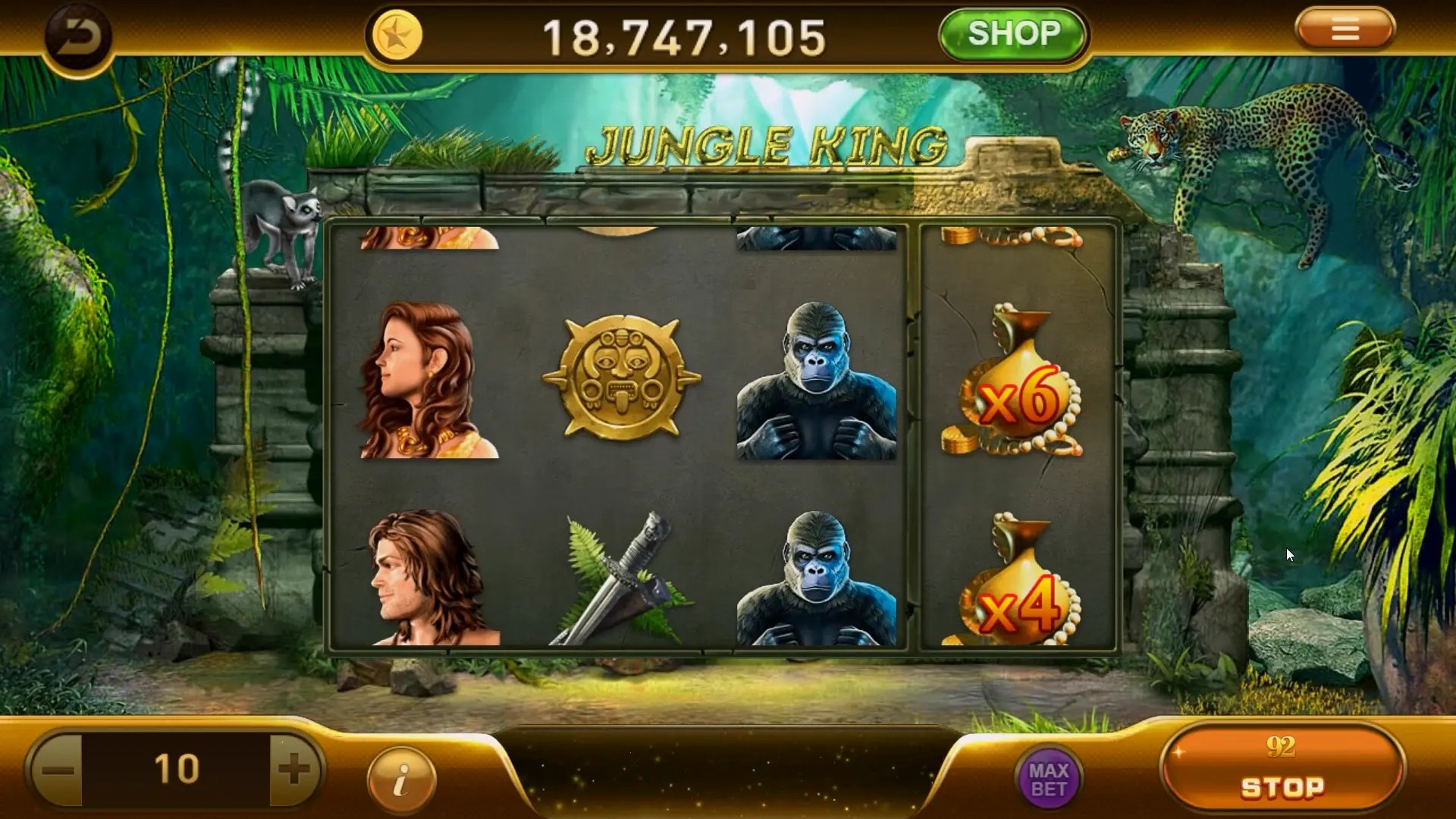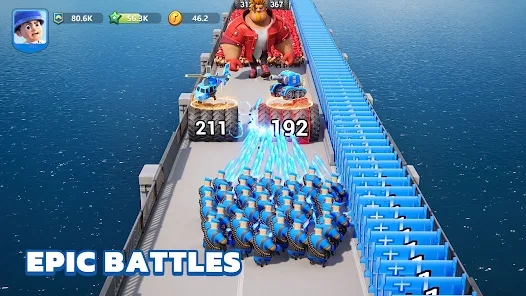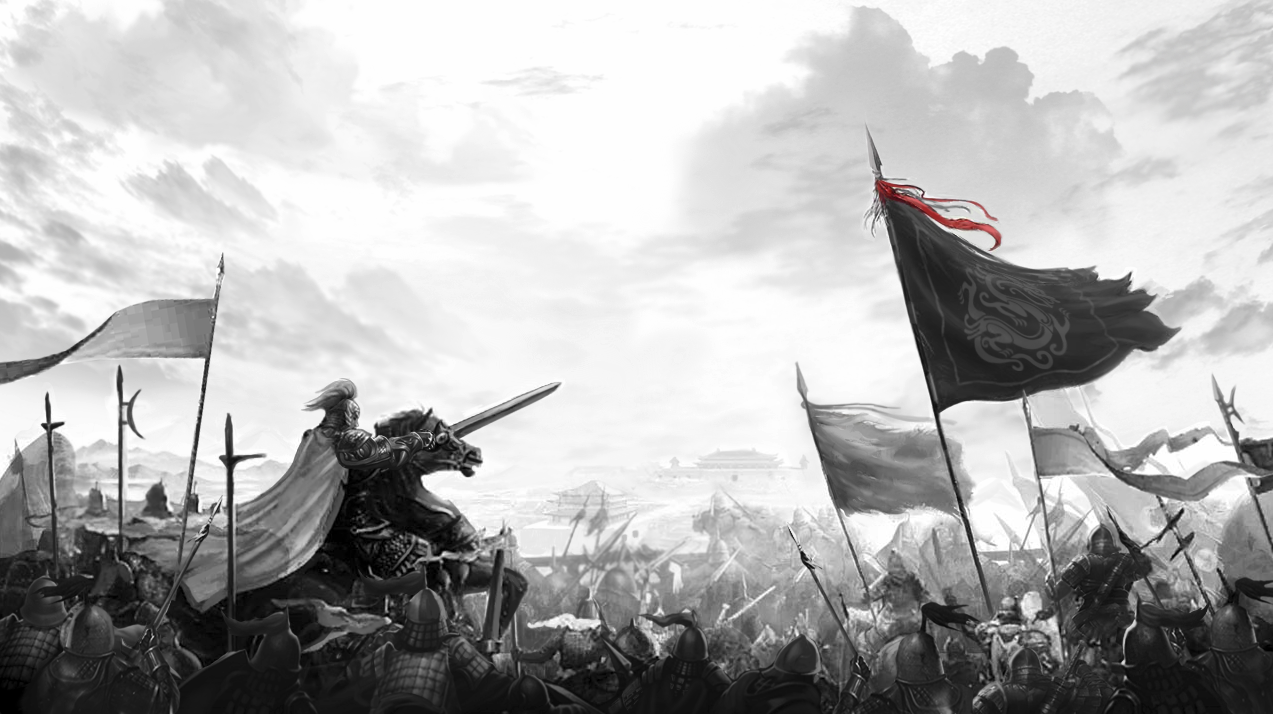Why Puzzle Games Are Trending in 2024
It's no secret that **puzzle games** have exploded in popularity over the last few years. Whether you're on a crowded Phnom Penh bus or lounging in Siem Reap after a temple tour, chances are someone nearby is tapping away at a mobile puzzle app. But it's not just casual play — the brain-teasing mechanics of puzzles now merge with real-time challenges and social engagement. What was once solitary gameplay has turned into a communal experience. And for Cambodian gamers? This shift means more access, more interaction, more fun. No need for high-end devices; most of these titles run smoothly on budget smartphones, a big win in a market where affordability matters. The blend of logic, speed, and teamwork makes **puzzle games** perfect for group play — be it over coffee, at a gaming cafe in Sihanoukville, or across borders during family Zoom calls. They keep minds sharp, friendships closer, and sometimes — believe it or not — even resolve sibling rivalries. Sort of.
The Social Edge of Multiplayer Games
Remember playing Tetris alone for six hours? Yeah, don’t do that anymore. The era of solo screen-staring is fading. Enter: **multiplayer games**. These aren't just about competing. They're about collaboration, communication, coordination — even if you're only yelling at your cousin in Bavet through a laggy Wi-Fi connection. What sets modern multiplayer apart is its flexibility. You can play asynchronously — take a turn, close the app, resume hours later. Or go live, where milliseconds matter and teamwork triumphs. Titles today leverage cloud sync, push notifications, and friend-match systems to keep players hooked — but in a good way. In Cambodia, where internet penetration grows steadily and data plans get cheaper, access to these experiences is no longer limited to urban elites. Rural teens in Takeo are solving escape-room puzzles against peers in Battambang — real mental matchups. That sense of shared accomplishment? That’s the magic sauce.
Puzzle Dynamics Meets Team Strategy
Here’s where it gets spicy. Most **puzzle games** used to test individual IQ — rearrange blocks, spot patterns, connect lines. But now? It's all about synergy. Think: you decode a cipher, your teammate positions a bridge, and your third pal triggers a trap at exactly the right time. It's not just “solve a riddle" — it's "solve a riddle while your teammate is dodging a timer and you’re both shouting in two languages." The real brilliance lies in how these mechanics scale across skill levels. Newbies aren’t left behind. Experts aren’t bored. Balanced matchmaking ensures teams don’t collapse under dead weight — or blow through challenges in 45 seconds flat. Some titles even include voice integration, allowing spontaneous coordination — very handy during chaotic puzzle duels where silence means defeat.
Hidden Gem: Cross-Platform Co-Op Puzzlers
Okay, quick question: can you name one **multiplayer game** that lets you team up with someone on a Windows laptop while you're on an Android phone, using only your Cambodian SIM’s 4G signal? Thought so. Several titles now support this. Not just PC and console. They include Android, iOS, tablets, smart TVs — sometimes even web browsers. Why’s that big for Southeast Asia? Because households don’t always have gaming rigs. But nearly everyone’s got a phone. Platforms like Rolling Sky Online or Puzzle Tower Clash offer cross-sync gameplay, so switching devices doesn’t mean restarting progress. You can puzzle on the go, pause for a moto ride, and pick up right where you left. Zero friction. Maximum playtime. Plus, many use low-bandwidth optimization — essential for areas with patchy LTE.
Best Online Multiplayer Puzzle Experiences
The year 2024 dropped some solid updates. We saw improved matchmaking, better AI hint systems, smoother interfaces — but most exciting was the rise of hybrid genres. Imagine merging escape room logic with battle royale elimination. That’s now a thing. Or solving Sudoku puzzles under pressure as a timer ticks down — while your opponents sabotage your progress. Wild, right? Let’s not overlook leaderboards and global tournaments either. Weekly puzzle leagues attract tens of thousands from Indonesia to India, including strong showing from Cambodia. Prizes? Sometimes real cash. Often just bragging rights. Either way, pride’s on the line. And nothing feels better than watching your avatar rise to rank 17 in Southeast Asia after grinding through 40 logic mazes.
User Interface Matters — Especially Here
Cluttered screens, unclear icons, confusing menus — yeah, those will kill a **puzzle game** fast. Even brilliant mechanics fail if users can’t tell what they’re supposed to tap. Good design uses space wisely. Buttons breathe. Text is legible without zooming — important for players using older screens. Colors contrast properly (critical in bright sunlight!). The best apps auto-adapt to different phone sizes and support left-hand play. And guess what? Some include Khmer language option. Not all, mind you. But those that do earn major brownie points. It may seem small — “just translation" — but for new gamers, it means feeling included, not excluded. Plus, it reduces drop-off rates. People stick around when they understand.
Latency Issues and Regional Server Access
Lag sucks. You tap to rotate a block — nothing happens. Three seconds later, it spins and your team gets eliminated. Annoying? Absolutely. This isn’t fantasy. Many **multiplayer games** still rely on servers in Singapore or Tokyo, meaning added ping for users in Phnom Penh. Some studios finally realized this and opened localized hubs. Response time improved drastically. Others use peer-to-peer architecture, cutting down server dependency — clever. Still, not all titles are equal. If you want steady frame rates and tight sync, pick ones with regional optimization badges. They usually list “Southeast Asia server available" right on the download page. Smart developers also compress data efficiently — helping those stuck on slower connections survive without jitter.
| Game Title | Cross-Platform | Offline Mode | Regional Server | Player Count (2024) |
|---|---|---|---|---|
| MindMaze Royale | Yes | No | Yes (SG/TH) | 3.8M |
| Puzzle Clash Online | Yes | Yes | Yes (SEA) | 2.1M |
| LinkSphere | Limited | Yes | No | 740K |
| SyncBlocks Pro | Yes | No | Yes (VN) | 1.9M |
Are Mobile Devices Holding Players Back?
Straight answer: not as much anymore. Even mid-tier phones in 2024 boast 4GB RAM and octa-core processors. That’s plenty for smooth puzzle rendering. Touchscreen accuracy has improved too — fewer misinputs during rapid tile swaps. Storage? Most of these **multiplayer games** don’t hog space. Between 80–150MB install size. Updates stay lean. But one lingering issue? Battery drain. Constant sync + real-time play = quicker depletion. Some players plug in mid-game — risky with cheap chargers. A pro tip? Use flight mode + local Wi-Fi for better battery control. Surprisingly, touch latency on budget phones hasn’t disappeared. There’s still a tiny delay — maybe 0.2 seconds — but most adapt quickly. Muscle memory fills the gap.
Building Teams: Friendship vs. Randoms
- Familiar Teams: Friends or family groups often dominate. Shared language helps.
- Random Matchups: More chaotic, but higher chance of exposure to different strategies.
- Muted Mates: Be honest — we all play with someone who never speaks. Why?
- Silent Pros: Surprisingly effective. Focus over chatter sometimes wins.
- Griefers?: Yes. A few trolls just block solutions for fun. Report feature, please!
Serious teams train together. Yes, train. It sounds intense, but competitive **puzzle games** now have practice lobbies, replays, move analytics — like chess with power-ups. And the camaraderie? Stronger than ever. Discord-style groups pop up for specific games. Khmer gamers organize “weekly mind war" events. Prizes? Free data, gift cards, or glory. It works.
Potato Dishes and… Wait, What?
You’ve seen the longtail: [potato dishes to go with meatloaf]. Looks misplaced, right? Maybe not. Search trends reveal bizarre crossovers. Some puzzle gamers *also* blog about food pairings. Or recipe apps add mini-games to retain users. One Indian studio integrated a potato-peeling puzzle as a “rest screen" between levels — got viral traction. So while potato dishes to go with meatloaf seems irrelevant here, it hints at user behavior: multi-interest audiences. The takeaway? Niche keywords sometimes bridge worlds. Don’t ignore quirky search intent — someone, somewhere, might search “puzzle games" while meal planning.
Good Clash of Clans Base? What’s the Link?
Certain. The **good clash of clans base** isn’t just a random keyword drop. Defensive layout thinking applies to strategic puzzle games too. Zone control. Distraction placement. Timing. Protecting high-value units — or in puzzle terms, protecting a fragile mechanism from cascading errors. Several puzzle games borrow UI cues from CoC. Troops become tiles. Spells become power-ups. Clan wars turn into weekly challenge tiers. Smart players use spatial memory honed in CoC to excel here. That transferable skillset? Huge. If you mastered farming in CoC with max TH defenses, you’ll breeze through spatial reasoning levels in titles like Terra Puzzle: Clash Mode.
The Rise of Puzzle-Event Mini Leagues
Seasonal events keep things fresh. Valentine’s had heart-shaped jigsaw battles. Lunar New Year brought lantern-code decryption. Khmer New Year saw special Cambodian myth puzzles — Angkor-themed logic traps. Developers tapping into local festivals boosts regional engagement. Mini leagues last 48 hours. Reward: themed avatars, titles, or emojis. Top players enter grand rounds. Prizes aren't huge — no one gets a Tesla — but visibility is. Winning means seeing your username on a regional banner, visible during matchmaking. And honestly? That’s dopamine. These events use lightweight code, don’t require downloads, and load fast — ideal for short-burst play. They’re not the main game. But man, do they matter.
Digital Literacy Through Gameplay
Cool side effect: **puzzle games** are quietly teaching Cambodian youth logic flow, pattern recognition, even basic coding concepts. Sequences, loops, cause-effect — they show up as block-matching puzzles or time-delay triggers. Some schools have tested this as edutainment. Kids solve puzzles not knowing they're practicing if-then logic. Teachers reported improved attention spans and structured problem solving. Not magic — just engagement masked as play. Language isn’t a barrier. Visual-based games skip the reading gap. And since multiplayer means interacting with strangers, players pick up basic digital etiquette: waiting turns, avoiding spam, respecting others. A simple "well played" in chat? That’s social skills building, naturally.
Security and Data Usage Concerns
Biggest question: is it safe? Most mainstream apps use Google or Facebook sign-in. Reasonable, but raises privacy flags. Do they track your behavior beyond gameplay? Sometimes. Read permissions carefully. Avoid apps asking for SMS access or contact lists. Stick to known platforms — Apple App Store, Google Play, or Samsung Galaxy Store. Regional developers? Proceed with mild caution. Some smaller studios haven’t audited their code. Use disposable email for registration. Limit permissions to only “network access" and “storage." As for data usage: typical session uses ~5MB/hour. Not much. But if on unlimited 3G plans, watch out — background updates can sneak in.
Critical Success Factors for 2024’s Top Titles
After testing 30+ titles across various devices in Siem Reap, Battambang, and Kompong Cham, here are the make-or-break elements:
- Instant Matchmaking: If queue exceeds 90 seconds, players quit.
- Simple Onboarding: First puzzle under two minutes — or drop-off rises.
- No Pay-to-Win Mechanics: Skill must trump wallet size.
- Stable Sync Rate: Lag ruins co-op; top games keep sync under 120ms.
- Hints Without Spoilers: Nudge, don’t hand-feed answers.
- Voice-Free Option: Not all have headsets; text/audio toggle matters.
If a **multiplayer puzzle game** nails five of these, it’s probably popular.
Conclusion: Puzzle Power in the Palm of Your Hand
The landscape of online gaming in 2024 isn't just flashy shooters or energy-draining MMOs. At its heart? Smart, engaging, socially powered **puzzle games**. They connect people without demanding elite hardware. They challenge the mind while respecting the player's time. From small villages to growing tech hubs, Cambodians are diving into these experiences — solving riddles, building teams, even learning along the way. Sure, a few games still glitch, some servers lag, and the odd cousin won’t stop blocking shared solutions just for fun. But overall? The trend points up. **Multiplayer games** built on brainpower rather than gunfire are not only surviving — they're thriving. The key ingredients are there: access, simplicity, competition, cooperation. And sometimes, a little **good clash of clans base** mindset to help survive the puzzle wars. Even something like potato dishes to go with meatloaf shows we can't always predict where curiosity leads. One thing’s for sure: puzzles are no longer background noise. They’re center stage. And honestly, they were due for it.
Final Takeaway: The fusion of **puzzle games** with **multiplayer games** has created something special — inclusive, sharp, and deeply fun. Whether you’re pairing tiles or prepping meals, there’s a pattern out there waiting to be solved.



